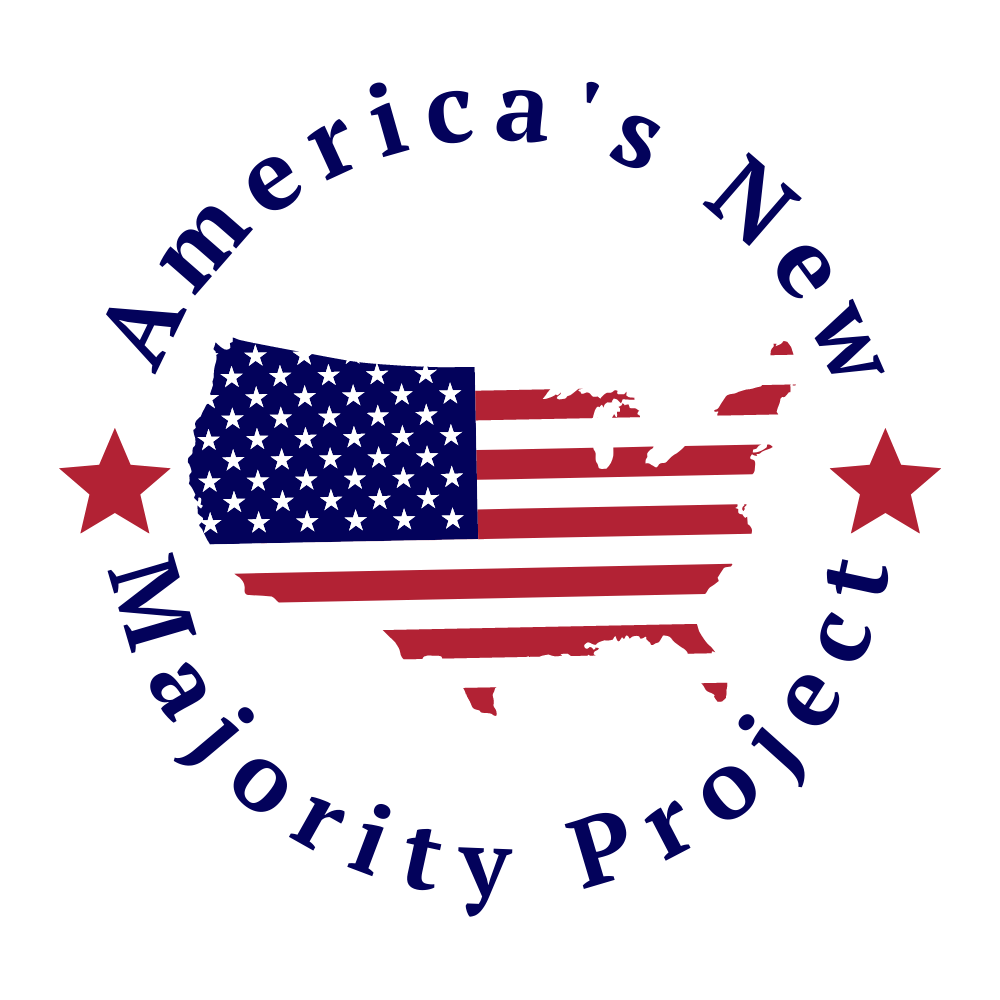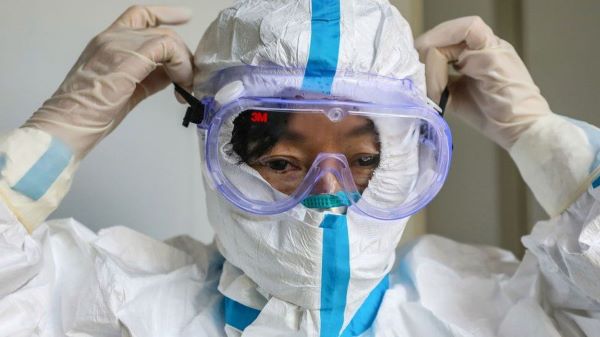A bipartisan majority of Americans believe it is at least somewhat likely that COVID-19 was created in a biological research lab.
- A smaller majority of Americans believe that U.S. government officials tried to cover it up.
WHY IT MATTERS – House Republicans have already signaled they will use their new majority to conduct investigations into COVID-19’s origins, and the public may be on their side.
DRIP, DRIP, DRIP – A steady stream of revelations, including early communications between prominent scientists saying the virus looked man-made, has moved the so called “lab leak theory” from the fringe to mainstream.
THE QUESTIONS – A poll by Scott Rasmussen and RMG Research asked:
“How likely is it that the COVID-19 virus was initially created in a biological research lab?”
- 37 percent – Very likely
- 27 percent – Somewhat likely
- 14 percent – Not very likely
- 8 percent – Not at all likely
- 13 percent – Not sure
The 64 percent of those saying “likely” included:
- 84 percent of Republicans
- 52 percent of Independents
- 50 percent of Democrats
The poll also asked, “How likely is it that U.S. government officials actively tried to cover up the possibility that the coronavirus was created in a Wuhan, China, laboratory?”
- 33 percent – Very likely
- 27 percent – Somewhat likely
- 17 percent – Not very likely
- 11 percent – Not at all likely
- 13 percent – Not sure
The 60 percent of those saying “likely” included:
- 79 percent of Republicans
- 49 percent of Independents
- 42 percent of Democrats
GO DEEPER – Topline poll results and background:
- Toplines
- The Intercept – Deconstructed: The Lab Leak Theory Is Looking Stronger
- Wall Street Journal – Facebook’s Lab-Leak About-Face
- The Print – Story of How ‘Amateur Sleuths’ Forced World to Consider Wuhan Lab Leak Theory about Covid
- New York Post – Emails Reveal Scientists Suspected COVID Leaked from Wuhan lab – then Quickly Censored Themselves
This Counterpolling™ survey of 1,200 Registered Voters was conducted online by Scott Rasmussen on December 1-4, 2022. Field work for the survey was conducted by RMG Research, Inc. Certain quotas were applied, and the sample was lightly weighted by geography, gender, age, race, education, internet usage, and political party to reasonably reflect the nation’s population of Registered Voters. Other variables were reviewed to ensure that the final sample is representative of that population. The margin of sampling error for the full sample is +/- 2.8 percentage points.

